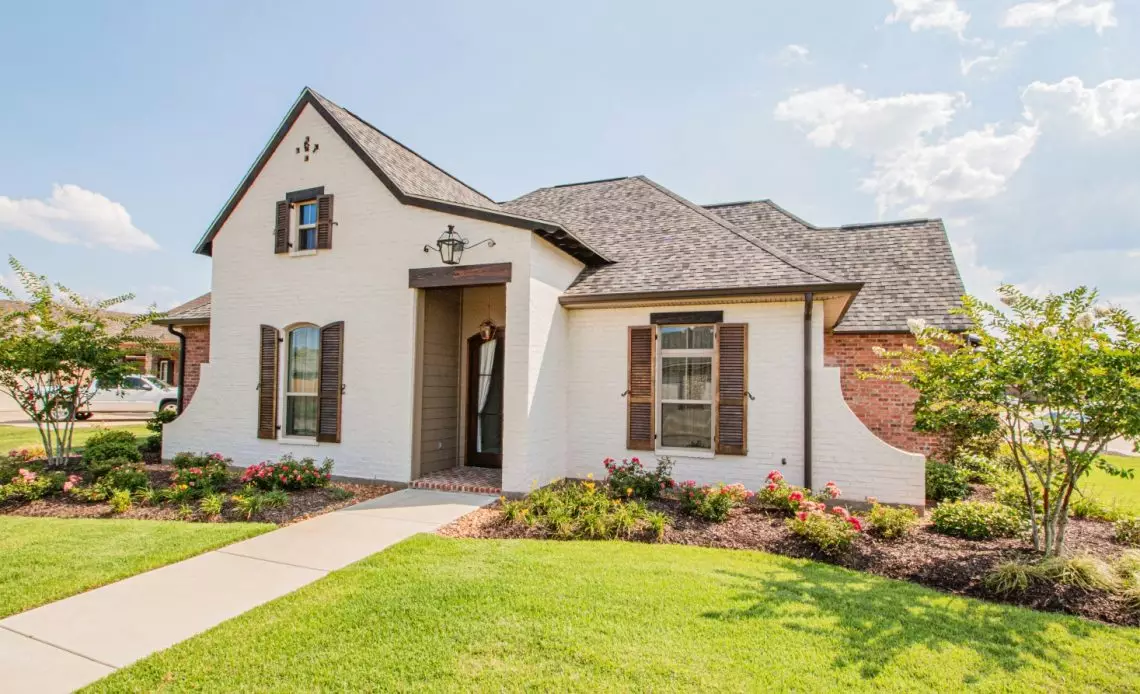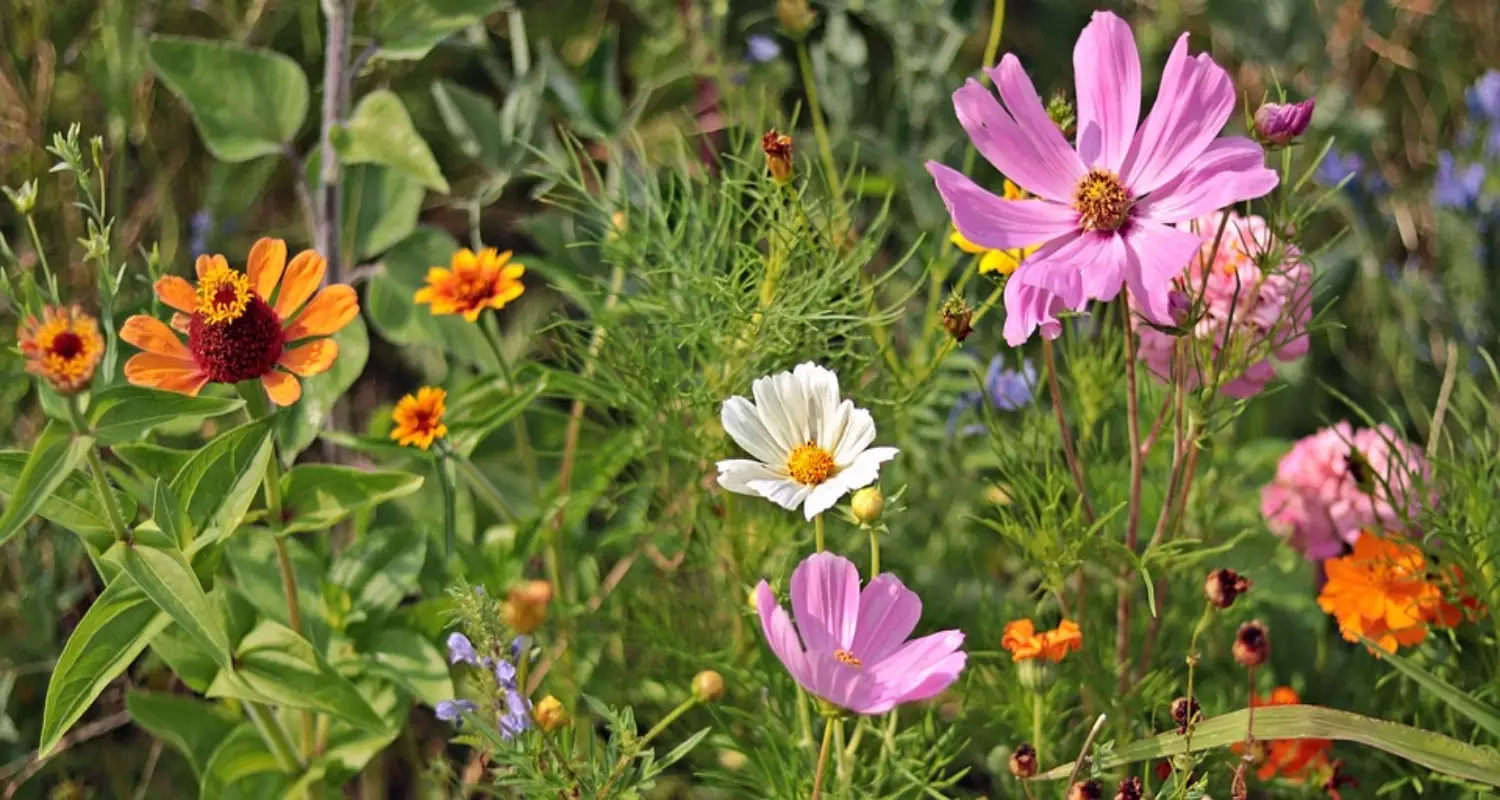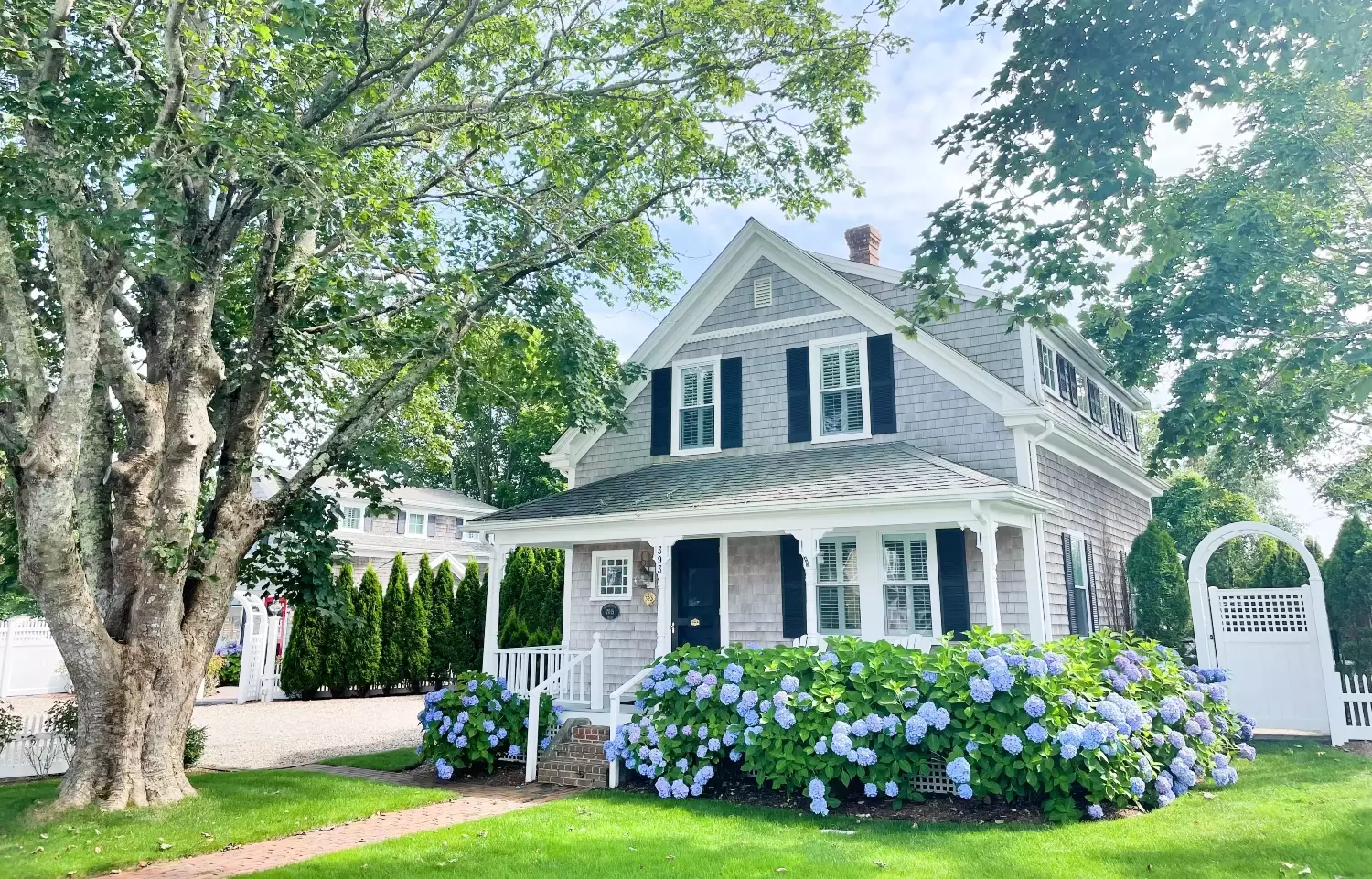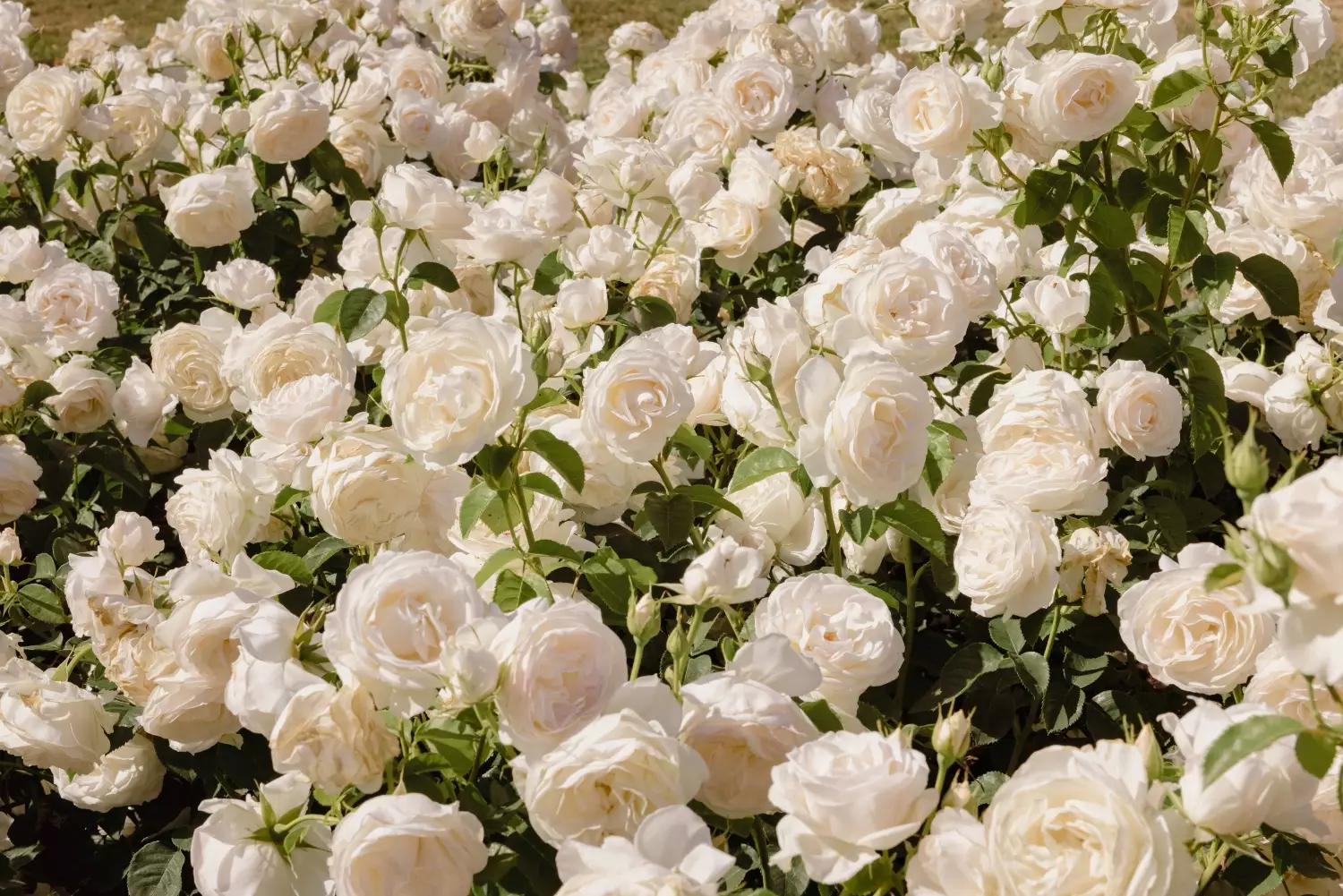When it comes to landscaping your home, choosing the right foundation plants can make a significant difference in the overall aesthetics and maintenance requirements. Foundation plants are those that are typically planted along the base of your home, providing a decorative border and enhancing its curb appeal. If you’re looking for low-maintenance options that will thrive without constant attention, here are eight excellent choices:
1. Boxwood (Buxus)
Boxwood is a classic choice for foundation planting due to its versatility and durability. It features dense evergreen foliage, which adds a touch of elegance to any landscape. Some key points about boxwood include:
- Boxwood is known for its tolerance of various soil conditions, making it adaptable to different environments.
- It requires minimal pruning, usually only needing to be trimmed once or twice a year to maintain its shape.
- Boxwood is resistant to most pests and diseases, reducing the need for frequent interventions.
- It can be easily shaped into hedges or topiaries, providing a clean and polished look to your home’s exterior.

2. Dwarf Alberta Spruce (Picea glauca ‘Conica’)
If you desire a more compact and structured appearance, the Dwarf Alberta Spruce is an excellent choice. Here’s why:
- This conical evergreen shrub grows slowly and maintains its shape without requiring extensive pruning.
- It has a dense growth habit, which makes it ideal for creating a formal look along the foundation of your home.
- The Dwarf Alberta Spruce is highly resistant to pests and diseases, reducing the need for frequent treatments.
- It thrives in full sun to partial shade and is relatively low-maintenance when it comes to watering and fertilizing.
3. Spirea (Spiraea)
Spirea is a versatile flowering shrub that adds pops of color and texture to your landscape. Consider the following points about spirea:
- There are various spirea cultivars available, offering a range of flower colors, from white and pink to deep red.
- Most spirea varieties are hardy and can withstand a wide range of soil conditions.
- They require minimal pruning, typically in early spring to remove any dead or damaged branches.
- Spirea is generally resistant to pests and diseases, making it a low-maintenance choice for foundation planting.

4. Japanese Pachysandra (Pachysandra terminalis)
For shady areas near your home’s foundation, Japanese Pachysandra is an excellent ground cover option. Here’s why it’s worth considering:
- This evergreen perennial thrives in shade and forms a dense carpet of glossy green leaves.
- Japanese Pachysandra is known for its ability to suppress weed growth, reducing the need for constant maintenance.
- It requires minimal watering once established and is generally resistant to pests and diseases.
- The plant spreads slowly, so it won’t become invasive and overpower the surrounding landscape.
5. Forsythia (Forsythia)
Forsythia is a deciduous shrub that adds a vibrant burst of color to your foundation planting. Consider the following points about forsythia:
- It is known for its early spring blooms, featuring bright yellow flowers that create a cheerful display.
- Forsythia is a hardy plant that can tolerate a variety of soil conditions.
- Minimal pruning is required, typically after flowering to maintain its shape and promote new growth.
- While forsythia is generally low-maintenance, it benefits from occasional fertilization to encourage healthy blooms.

6. Heavenly Bamboo (Nandina domestica)
Heavenly Bamboo is a versatile shrub that offers year-round interest with its unique foliage and berries. Here’s why it’s a great choice:
- Despite its name, heavenly bamboo is not a true bamboo but a member of the barberry family.
- It features vibrant red or green leaves, depending on the cultivar, which add visual appeal to the foundation planting.
- Heavenly bamboo produces clusters of bright red berries in the fall, adding an extra element of interest.
- It requires minimal pruning and is generally resistant to pests and diseases.
7. Sedum (Sedum)
If you’re looking for a low-maintenance plant that thrives in sunny areas, sedum is an excellent choice. Here’s what you need to know:
- Sedums are succulent plants known for their fleshy leaves and vibrant flowers.
- They are drought-tolerant and require minimal watering once established.
- Sedums are generally pest and disease resistant, making them an easy-care option.
- The plant’s trailing or upright growth habit adds texture and visual interest to your foundation planting.

8. Russian Sage (Perovskia atriplicifolia)
Russian Sage is a perennial plant that offers both beauty and low maintenance. Consider the following points about Russian Sage:
- It featuresairy silver-gray foliage and lavender-blue flowers, adding a soft and elegant touch to your foundation planting.
- Russian Sage is drought-tolerant and thrives in full sun, making it an ideal choice for hot and dry climates.
- It requires minimal pruning, typically in early spring to remove any dead growth.
- The plant is generally resistant to pests and diseases, reducing the need for frequent interventions.
In conclusion, choosing low-maintenance foundation plants can save you time and effort in maintaining your home’s landscaping. Boxwood, Dwarf Alberta Spruce, Spirea, Japanese Pachysandra, Forsythia, Heavenly Bamboo, Sedum, and Russian Sage are all excellent choices that offer beauty and resilience without demanding constant attention. By incorporating these plants into your landscape design, you can enjoy a beautiful and well-maintained home exterior with minimal effort.




